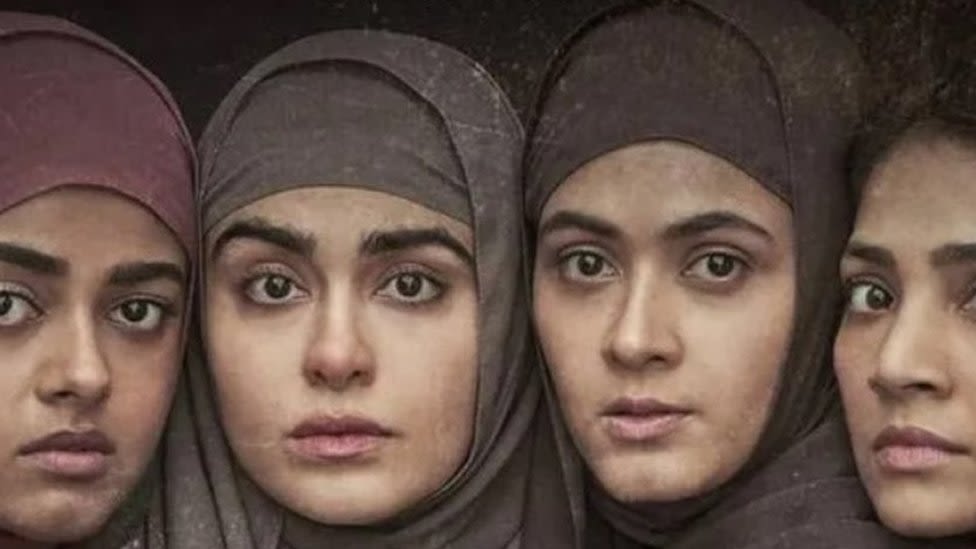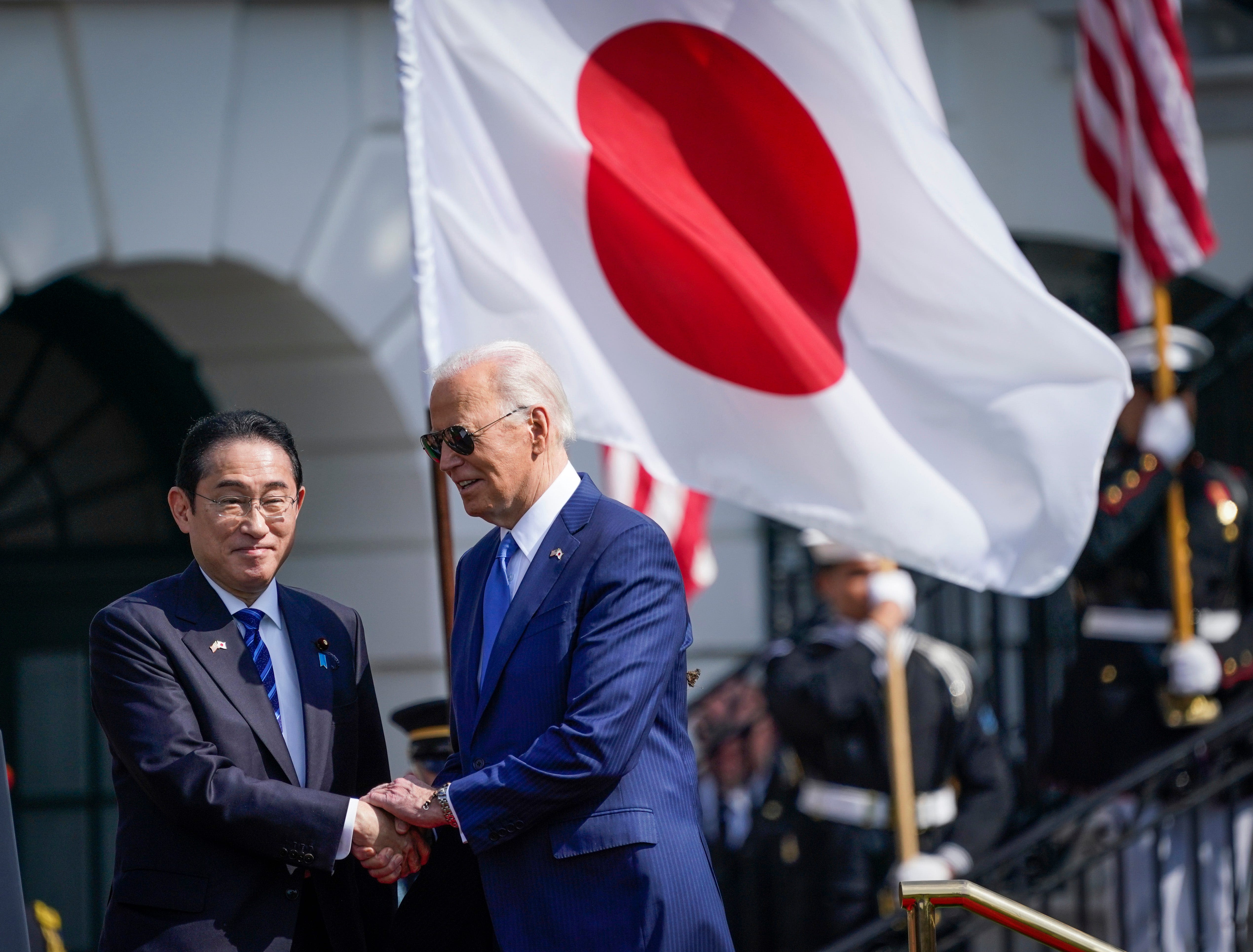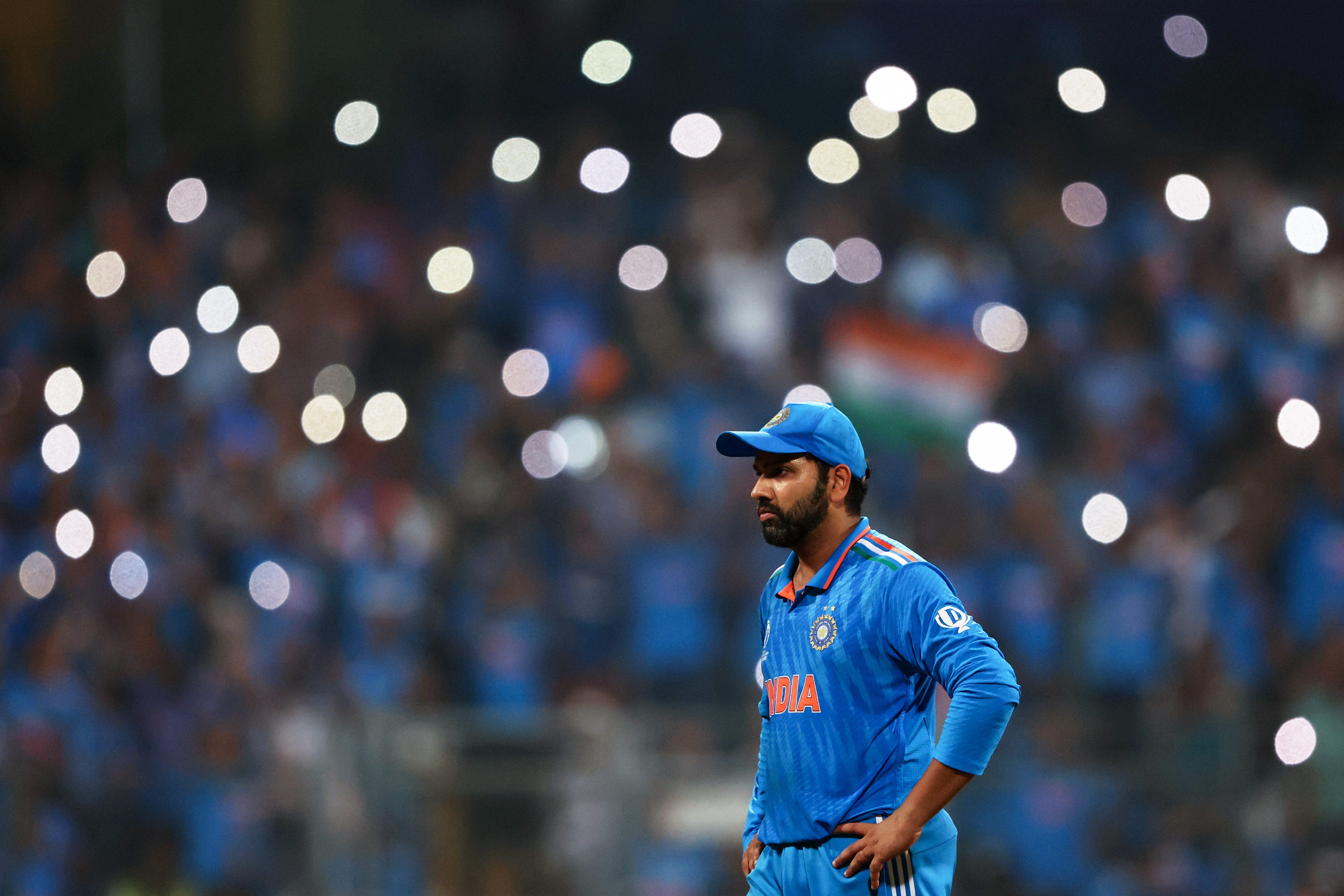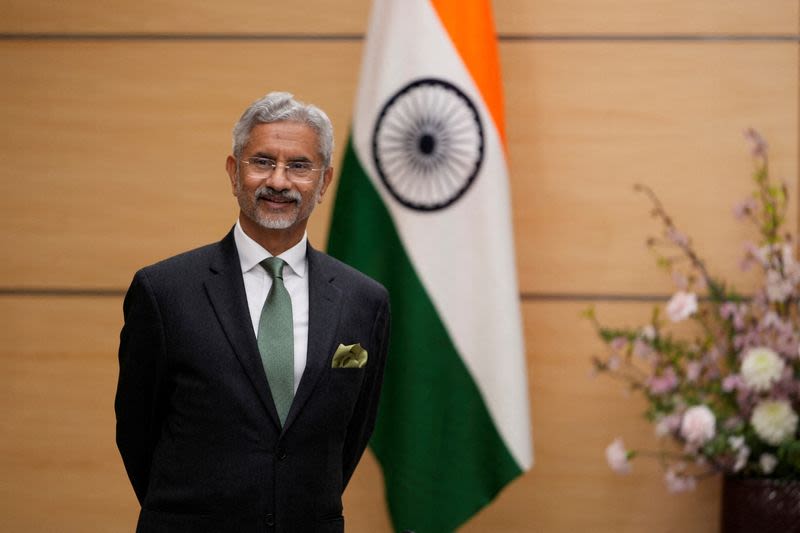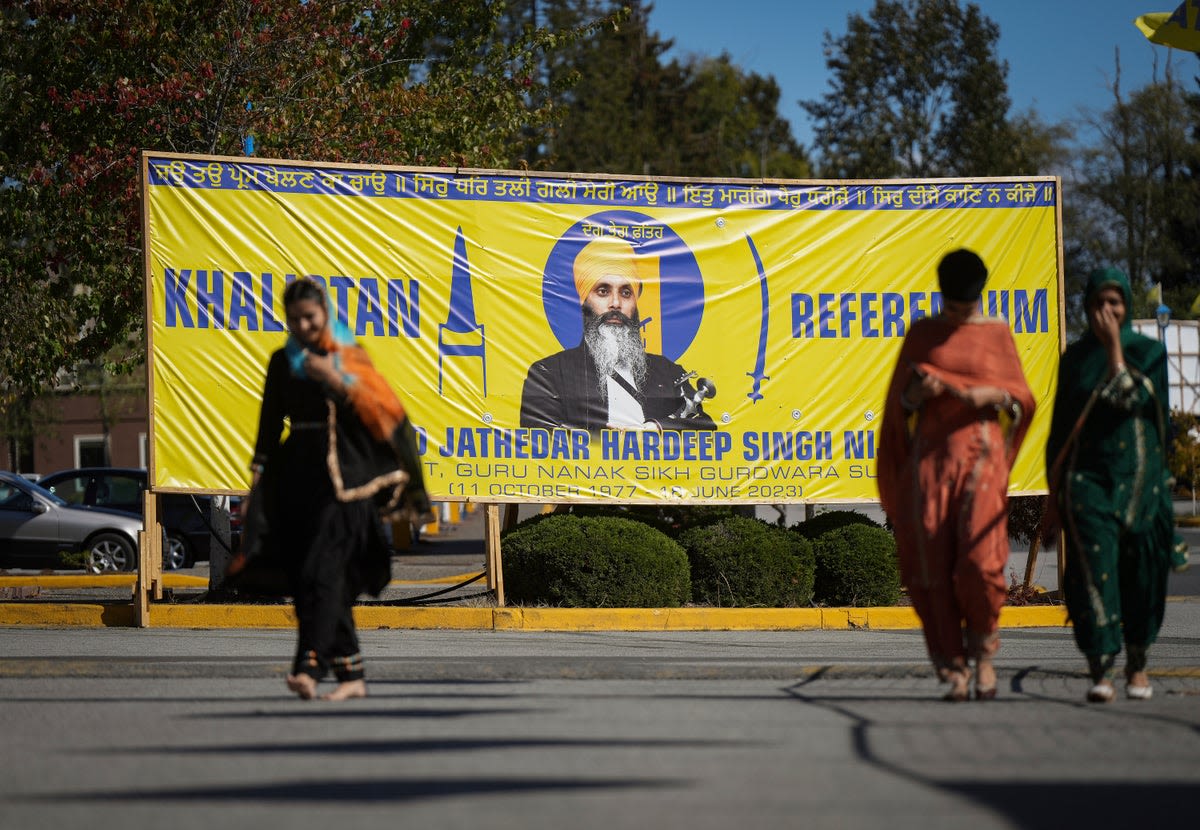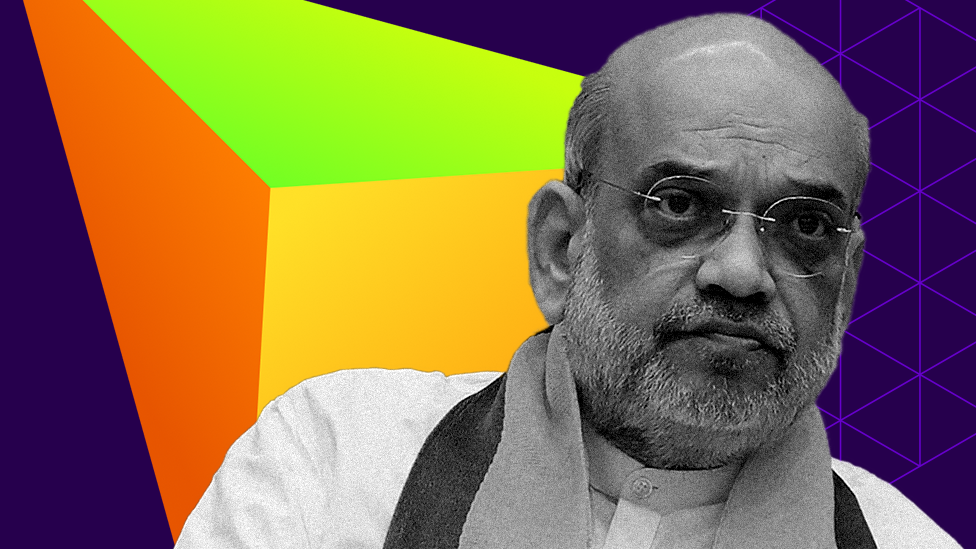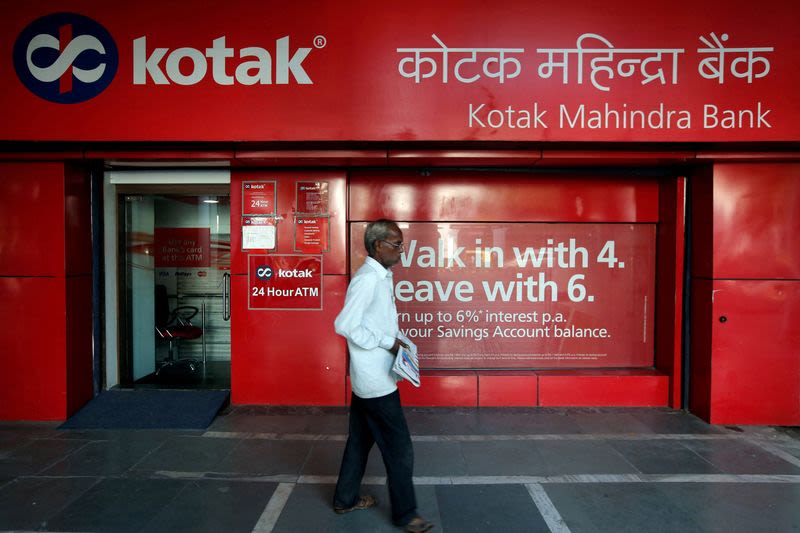Search results
2 days ago · India is a country that occupies the greater part of South Asia. It is a constitutional republic that represents a highly diverse population consisting of thousands of ethnic groups. It is made up of eight union territories and 28 states, and its capital is New Delhi.
The early modern period of Indian history is dated from 1526 CE to 1858 CE, corresponding to the rise and fall of the Mughal Empire, which inherited from the Timurid Renaissance. During this age India's economy expanded, relative peace was maintained and arts were patronized.
India is divided into 28 States (further subdivided into districts) and 8 union territories including the National capital territory (i.e., Delhi). India's borders run a total length of 15,200 km (9,400 mi).
The History of India covers thousands of years and discusses many diverse languages, cultures, periods, and dynasties. Indian civilization began in the Indus Valley and some literature survives from that time. More is known of the time after the Persian Empire conquered India.
News about India, Manipur, Bollywood
News about Canadian police, Canada, diplomatic spat
Also in the news
Indian culture is the heritage of social norms and technologies that originated in or are associated with the ethno-linguistically diverse India, pertaining to the Indian subcontinent until 1947 and the Republic of India post-1947.
India is the most populous country in the world with one-sixth of the world's population. According to estimates from the United Nations (UN), India has overtaken China as the country with the largest population in the world, with a population of 1,425,775,850 at the end of April 2023. [6] [7] [8] [9]
The Government of India ( ISO: Bhārata Sarakāra; often abbreviated as GoI ), also known as the Central Government or union government, is the national authority of the Republic of India, a federal democracy located in South Asia, consisting of 28 union states and eight union territories.
